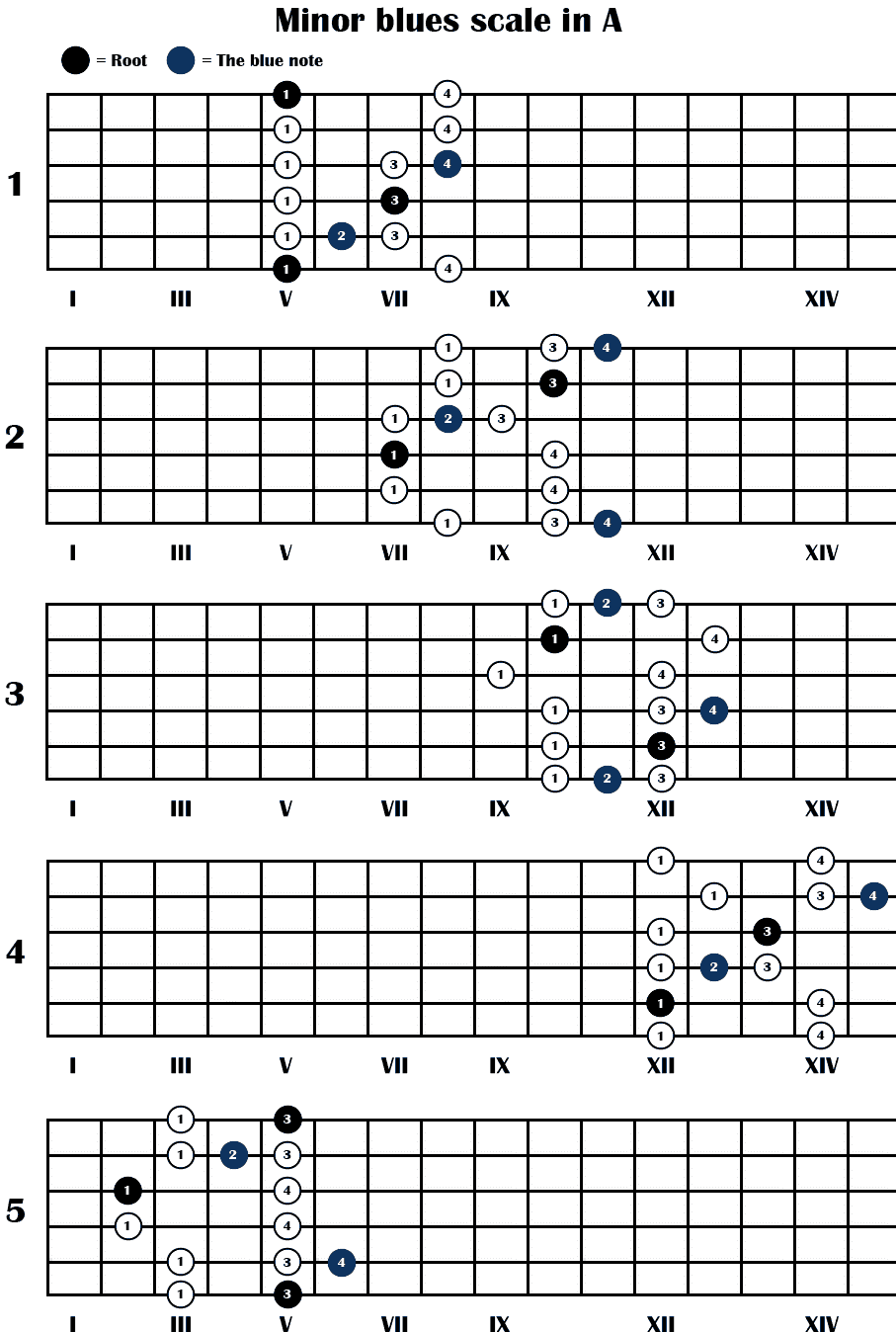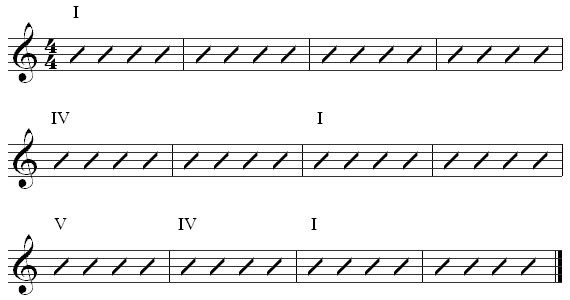The blues dates back to the early 20th century and conjures in my mind an old black man sitting on a porch with an acoustic in his hand and a harmonica around his neck, singing about a broken heart and all the losses he’s suffered through. While this is an image easily associated with the blues, imagine a bunch of British rockers (the Stones) or some country artist playing the state fair when you think of the blues.
Or how about Eric Clapton? He doesn’t fit the image either. That’s because there is no real image. Blues is American music, steeped in American values, telling American stories. That’s how it started out, but that’s not how it’s turned out. Now the blues is a universal language, woven into the fabric of so many musical genres it’s often hard to distinguish where one line ends and another begins.
Here’s a song called Guitar Lesson Blues. It goes like this. There’s a misconception about the blues. You can’t play the blues until you’re older and you’ve suffered. While blues is largely improvised and based on feeling, traditional music theory can be applied to blues guitar playing. You can be taught how to play the blues. You can’t be taught how to play it with emotion. That has to come with the sincerity and conviction of your playing. You can, however, be taught the technical elements used in playing the blues. Here they are. The first is the minor blues scale in five positions on the neck of the guitar. This pattern can be moved to start on any note and will allow you to play in the key of the starting note.

The next example shows a twelve bar blues progression. This is the progression most often heard in the basic blues and the pattern that fits the call and response blues so often associated with the genre.

The Roman numerals in this example represent the chords built on scale. The I, for instance, refers to the first chord. The IV would be the fourth chord. V is the fifth chord. In the key of C, the chords would be I=C, IV=F, and V=G. This formula can be applied to any key.
While these two elements are about all you need to know technically to play the blues, you also need to understand the expressive elements that make up the music. Long, slow string bending, trills, vibrato—these are very expressive elements that help bring out the “longing” or the sense of loss found in the music. Practice those as well.
And then forget about the theory behind the blues. The best way to learn the blues is to listen to the blues and then play your heart out, with feeling. That’s the best guitar lesson, blues style you can get.



